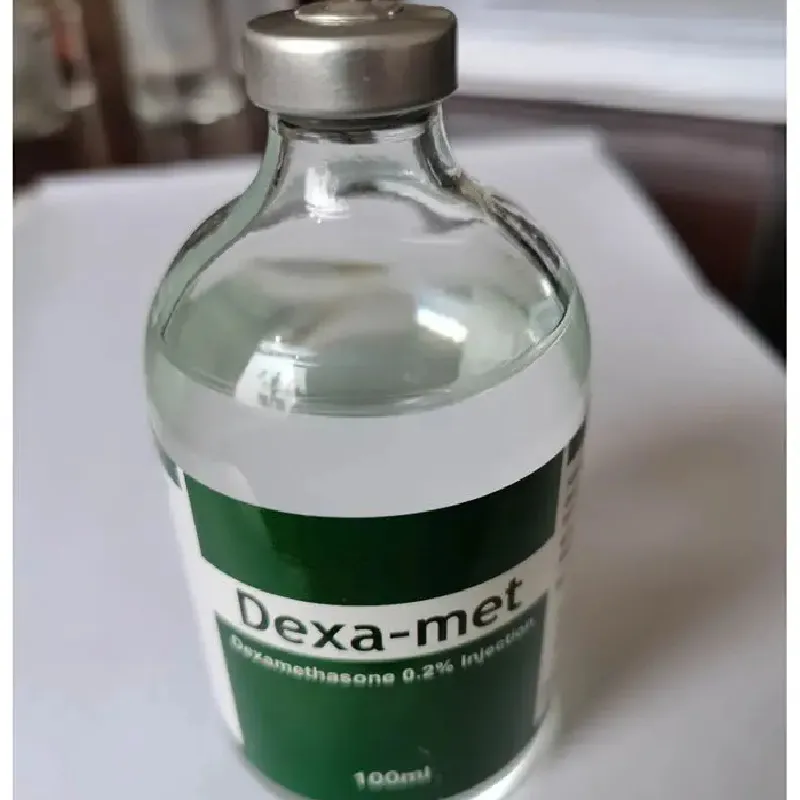- Afrikaans
- Albanian
- Amharic
- Arabic
- Armenian
- Azerbaijani
- Basque
- Belarusian
- Bengali
- Bosnian
- Bulgarian
- Catalan
- Cebuano
- Corsican
- Croatian
- Czech
- Danish
- Dutch
- English
- Esperanto
- Estonian
- Finnish
- French
- Frisian
- Galician
- Georgian
- German
- Greek
- Gujarati
- Haitian Creole
- hausa
- hawaiian
- Hebrew
- Hindi
- Miao
- Hungarian
- Icelandic
- igbo
- Indonesian
- irish
- Italian
- Japanese
- Javanese
- Kannada
- kazakh
- Khmer
- Rwandese
- Korean
- Kurdish
- Kyrgyz
- Lao
- Latin
- Latvian
- Lithuanian
- Luxembourgish
- Macedonian
- Malgashi
- Malay
- Malayalam
- Maltese
- Maori
- Marathi
- Mongolian
- Myanmar
- Nepali
- Norwegian
- Norwegian
- Occitan
- Pashto
- Persian
- Polish
- Portuguese
- Punjabi
- Romanian
- Russian
- Samoan
- Scottish Gaelic
- Serbian
- Sesotho
- Shona
- Sindhi
- Sinhala
- Slovak
- Slovenian
- Somali
- Spanish
- Sundanese
- Swahili
- Swedish
- Tagalog
- Tajik
- Tamil
- Tatar
- Telugu
- Thai
- Turkish
- Turkmen
- Ukrainian
- Urdu
- Uighur
- Uzbek
- Vietnamese
- Welsh
- Bantu
- Yiddish
- Yoruba
- Zulu
Dec . 21, 2024 00:25 Back to list
amoxicillin clavulanate injection
Amoxicillin/Clavulanate Injection An Overview
Amoxicillin/clavulanate injection is a combination antibiotic that plays a critical role in the treatment of various infections caused by bacteria. This medication combines amoxicillin, a penicillin antibiotic, with clavulanate potassium, a beta-lactamase inhibitor. This unique composition allows the drug to overcome bacterial resistance, a growing concern in modern medicine. Understanding the mechanism, uses, and potential side effects of this important medication can provide valuable insights into its role in infection management.
Mechanism of Action
Amoxicillin works by inhibiting the synthesis of bacterial cell walls, leading to cell lysis and death. However, many bacteria have developed beta-lactamase enzymes that can deactivate amoxicillin, rendering it ineffective. Clavulanate potassium counteracts this resistance by binding to the beta-lactamase enzymes, thereby protecting amoxicillin from degradation. This synergistic action enhances the overall effectiveness of the antibiotic, making it a preferred choice for treating infections caused by penicillin-resistant bacteria.
Indications for Use
Amoxicillin/clavulanate injection is prescribed for a variety of infections, including but not limited to
1. Respiratory Tract Infections This includes acute sinusitis, bronchitis, and pneumonia caused by susceptible strains of bacteria. 2. Skin and Soft Tissue Infections Effective against skin infections such as cellulitis or abscesses caused by various bacterial agents. 3. Urinary Tract Infections Often used for complicated urinary tract infections, particularly those associated with resistant pathogens. 4. Intra-abdominal Infections Useful in treating infections such as diverticulitis or peritonitis where polymicrobial flora is involved.
Given the wide spectrum of bacterial coverage, this medication is often selected as a first-line treatment for suspected or confirmed bacterial infections in both inpatient and outpatient settings.
amoxicillin clavulanate injection

Administration and Dosage
Amoxicillin/clavulanate injection is typically administered intravenously, allowing for rapid onset of action. The dosage and duration of treatment depend on the type and severity of the infection, kidney function, and patient characteristics. It is crucial for healthcare providers to carefully consider these factors when prescribing the medication to ensure efficacy and minimize the risk of resistance development.
Side Effects and Considerations
While amoxicillin/clavulanate injection is generally well-tolerated, as with all medications, it carries the potential for side effects. Common side effects may include gastrointestinal disturbances such as nausea, vomiting, and diarrhea. Allergic reactions, although rare, can occur and may present as rashes, itching, or even anaphylaxis in severe cases. Patients with a known allergy to penicillin or cephalosporins should avoid this medication due to the risk of cross-reactivity.
It's also important to monitor liver function as the drug can occasionally cause liver enzyme elevations. Regular monitoring may be necessary for patients receiving prolonged therapy or those with pre-existing liver conditions.
Resistance and Future Implications
The emergence of antibiotic resistance is one of the greatest challenges facing modern medicine. While amoxicillin/clavulanate injection provides a robust solution against resistant organisms, the misuse or overuse of this antibiotic can compromise its effectiveness. Therefore, it is vital for healthcare practitioners to prescribe it judiciously, reserving its use for cases where it is truly warranted.
In conclusion, amoxicillin/clavulanate injection represents a powerful tool in the fight against bacterial infections. Its unique mechanism of action against resistant bacteria, along with its broad spectrum of activity, make it a valuable asset in clinical practice. However, the potential for side effects and the looming threat of antibiotic resistance highlight the need for careful consideration in its use. Ongoing education and stewardship efforts are crucial to maintaining the efficacy of this important medication in the years to come.
-
Guide to Oxytetracycline Injection
NewsMar.27,2025
-
Guide to Colistin Sulphate
NewsMar.27,2025
-
Gentamicin Sulfate: Uses, Price, And Key Information
NewsMar.27,2025
-
Enrofloxacin Injection: Uses, Price, And Supplier Information
NewsMar.27,2025
-
Dexamethasone Sodium Phosphate Injection: Uses, Price, And Key Information
NewsMar.27,2025
-
Albendazole Tablet: Uses, Dosage, Cost, And Key Information
NewsMar.27,2025













